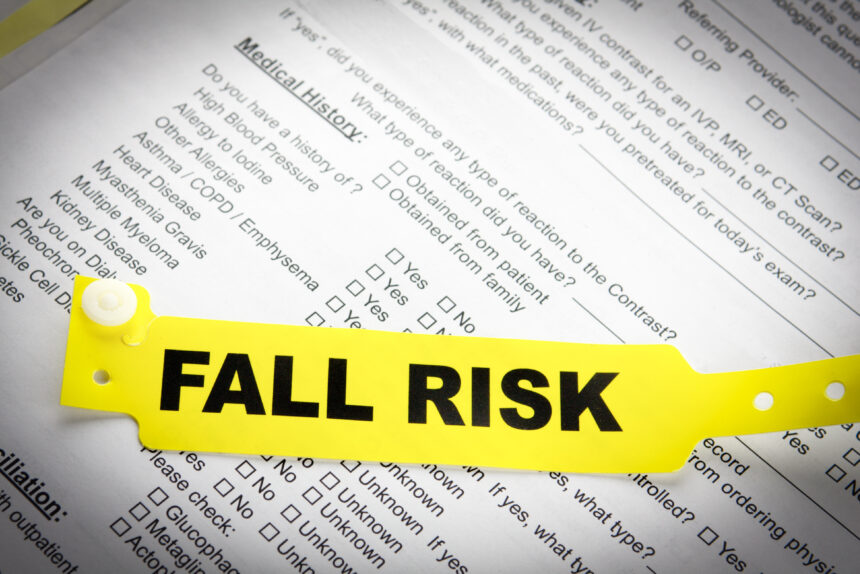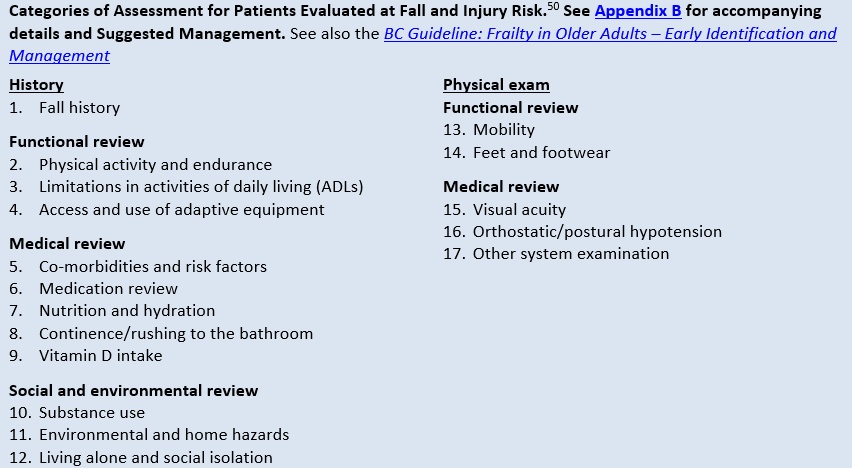How Dementia Fall Risk can Save You Time, Stress, and Money.
How Dementia Fall Risk can Save You Time, Stress, and Money.
Blog Article
Dementia Fall Risk - An Overview
Table of ContentsThe 10-Minute Rule for Dementia Fall RiskThe Ultimate Guide To Dementia Fall RiskNot known Facts About Dementia Fall RiskDementia Fall Risk - Truths
A fall threat evaluation checks to see exactly how most likely it is that you will certainly fall. The evaluation normally consists of: This consists of a series of questions concerning your overall health and wellness and if you have actually had previous drops or troubles with equilibrium, standing, and/or strolling.Interventions are suggestions that might minimize your danger of dropping. STEADI consists of 3 actions: you for your threat of dropping for your risk variables that can be boosted to try to stop falls (for example, equilibrium issues, impaired vision) to reduce your risk of falling by using effective techniques (for instance, giving education and resources), you may be asked numerous inquiries consisting of: Have you dropped in the past year? Are you worried concerning falling?
You'll sit down once again. Your service provider will certainly check for how long it takes you to do this. If it takes you 12 seconds or more, it might imply you are at greater danger for a fall. This test checks stamina and equilibrium. You'll rest in a chair with your arms went across over your chest.
Move one foot halfway ahead, so the instep is touching the huge toe of your various other foot. Move one foot fully in front of the other, so the toes are touching the heel of your other foot.
Indicators on Dementia Fall Risk You Should Know
Many falls happen as an outcome of several adding aspects; consequently, handling the danger of dropping begins with determining the variables that contribute to drop threat - Dementia Fall Risk. Several of the most relevant danger variables include: Background of previous fallsChronic medical conditionsAcute illnessImpaired stride and equilibrium, reduced extremity weaknessCognitive impairmentChanges in visionCertain risky medications and polypharmacyEnvironmental factors can additionally boost the danger for falls, including: Insufficient lightingUneven or damaged flooringWet or unsafe floorsMissing or harmed hand rails and get hold of barsDamaged or improperly equipped devices, such as beds, mobility devices, or walkersImproper use assistive devicesInadequate supervision of the individuals residing in the NF, consisting of those who show aggressive behaviorsA effective loss danger management program requires a detailed clinical evaluation, with input from all members of the interdisciplinary team

The treatment strategy ought to also include interventions that are system-based, such as those that advertise a risk-free environment (ideal illumination, hand rails, order bars, etc). The efficiency of the treatments ought to be reviewed occasionally, and the care strategy changed as necessary to reflect changes in the fall risk analysis. Implementing a fall danger management system utilizing evidence-based finest method can lower the prevalence of falls in the NF, while limiting the potential for fall-related injuries.
The Best Strategy To Use For Dementia Fall Risk
The AGS/BGS standard recommends evaluating all grownups aged 65 years and older for you can find out more loss threat annually. This testing consists of asking individuals whether they have actually dropped 2 or even more times in the past year or looked for medical attention for a loss, or, if they have actually not dropped, whether they feel unsteady when walking.
People that have dropped as soon as without injury ought to have their balance and gait reviewed; those with gait or balance irregularities ought to get extra evaluation. A history of 1 fall without injury and without stride or balance problems does not warrant more evaluation past continued yearly loss threat screening. Dementia Fall Risk. A loss threat assessment is called for as part of the Welcome to Medicare exam

The Greatest Guide To Dementia Fall Risk
Documenting a drops history is one of the high quality signs for fall prevention and monitoring. Psychoactive medicines in specific are independent forecasters of drops.
Postural hypotension can usually be reduced by minimizing the dose of blood pressurelowering medications and/or quiting medications that have orthostatic hypotension as a negative effects. Use above-the-knee support hose and copulating the head of the bed boosted may additionally decrease postural decreases in blood pressure. The recommended elements of a fall-focused health examination are shown in Box 1.

A Pull time better than or equivalent to 12 seconds recommends high loss danger. Being unable to stand up from a chair of knee elevation without making use of one's arms suggests enhanced loss threat.
Report this page